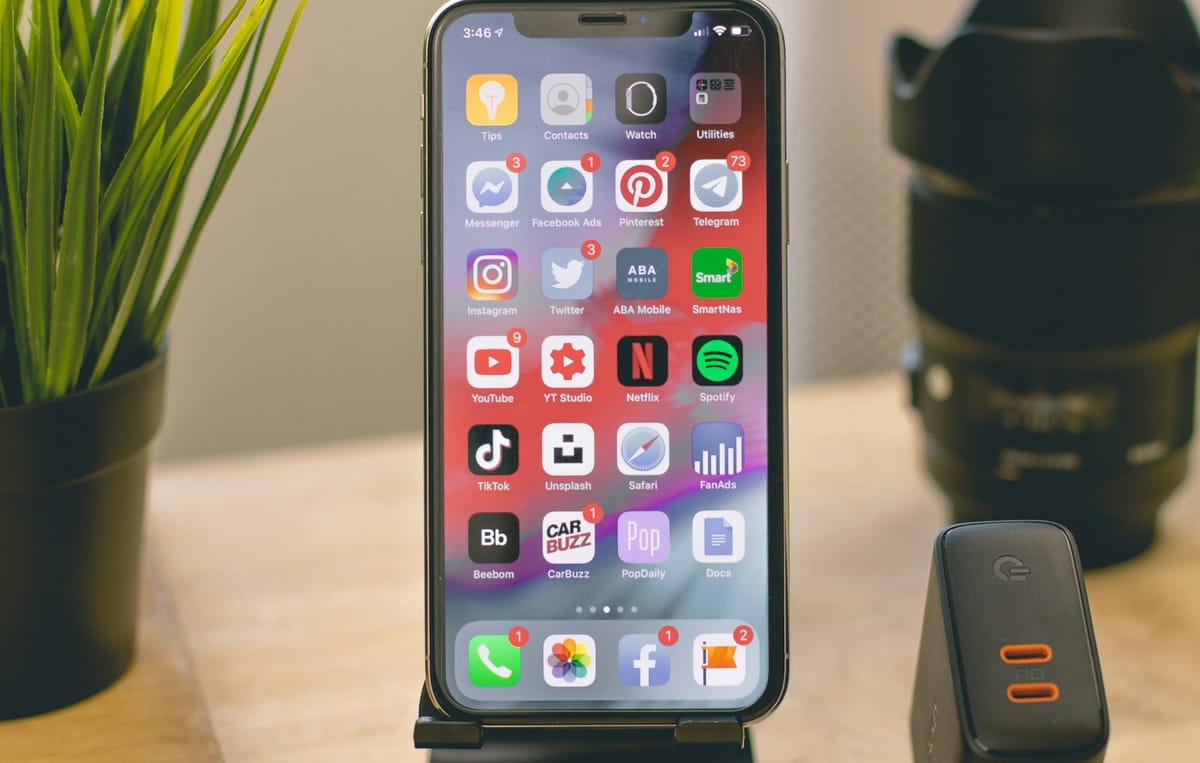The clock is ticking for TikTok in the U.S.
A January 10, 2025 hearing could either seal the app's fate in the U.S. or serve as its saving grace.
TikTok's rise from a trendy app to a global powerhouse has been meteoric, but its journey in the U.S. has been far from smooth.
Despite years of dominance in app stores, the platform has faced mounting backlash from governments, and many now fear TikTok’s days in its second-largest market, the U.S., may be numbered.
After being handed an ultimatum—sell the app or face a ban in the U.S. by January 19—TikTok fought back fiercely, even seeking an extension on its deadline. However, on December 13, a U.S. federal appeal Court denied the request, further signalling the platform’s dwindling time in the country.
But in what seems to be its last hope, TikTok has filed an emergency injunction request with the Supreme Court. Fortunately for the platform, the Court has agreed to hear arguments on whether a potential TikTok ban violates the First Amendment.
The hearing, scheduled for January 10, could either seal the app's fate in the U.S. or serve as its saving grace.
But how did it all go wrong for TikTok?
In the beginning, TikTok was launched in China as 'Douyin' in 2016 where it quickly gained traction for its short, addictive videos. In 2017, its parent company, ByteDance, bought Musical.ly and rebranded it as TikTok, making a splash internationally. By 2018, the app had captured the attention of millions, especially in the U.S., where young users flocked to the platform.
However, TikTok’s success was met with growing concerns about its ties to China and its potential to compromise national security, and this wasn't unique to the U.S. alone.
In 2020, India was the first major country to ban TikTok, citing national security risks amid rising tensions with China. The ban was part of a larger movement, with countries like Australia, the European Union, and Canada following suit. TikTok's significant user base in India made the ban a major blow, and the app lost 200 million active users, according to a report by CNN.
Shortly after, the U.S. government began scrutinizing the app. Lawmakers expressed concerns that TikTok could be used by the Chinese government to collect sensitive data or spy on Americans. This led to President Donald Trump issuing executive orders aimed at banning TikTok, accusing the app of posing a national security threat.
By the summer of 2020, Trump’s administration demanded that ByteDance sell TikTok’s U.S. operations to an American company. This caused a slight panic among the 65.9 million monthly active users in the U.S., per Statista at the time.
Microsoft, at the time, entered talks to buy the app for up to $30 billion. However, those discussions fell apart, and no deal was reached. TikTok eventually responded to the executive order by suing the U.S. government, claiming the ban violated its rights. The courts temporarily blocked the ban, giving TikTok a brief reprieve.
When President Joe Biden took office in January 2021, he paused Trump’s efforts to ban TikTok, ordering a review of the national security concerns. This allowed the app to continue operating in the U.S. while investigations into its data practices continued under the new administration. Despite this, the app was still under heavy scrutiny.
By 2022 and 2023, several U.S. states had taken action, with Texas, South Dakota, and others banning TikTok from government-owned devices in the state.
In 2023, the biggest move came when Montana passed a law banning TikTok statewide. The law included a hefty $10,000 fine per day for any company or even TikTok itself if the app was still available for download in the state.
Following Montana's lead, over 30 other states took action, either banning TikTok entirely within the state or restricting it on government-owned devices. On the federal level, in December 2022, President Biden signed a law banning TikTok on all government devices due to growing concerns over data privacy and the potential for Chinese government access. This move made it clear that worries about TikTok’s security were only growing stronger across the U.S.
As these actions gained momentum, President Biden’s administration continued to review TikTok’s operations in the U.S. And then in April 2024, President Biden signed a bill giving TikTok nine months to divest its U.S. operations or face a shutdown.
Although a similar bill had passed in the House in March, it stalled in the Senate. To advance the legislation, House Republicans attached the revised TikTok measure to a foreign aid package supporting Israel and Ukraine. This strategic move increased the bill’s chances of passing, and it ultimately succeeded.
As the talks about possibly forcing TikTok to sell or shut down continued, the company kept fighting back with legal action. It appealed the new law, hoping to get a delay that would give the new administration some time to step in and save the app.
TikTok warned that if the ban went through, it could lose up to a third of its U.S. over 150 million users. Unfortunately, TikTok lost that appeal. The court ruled that people who had already downloaded the app could still use it after January 19, but they wouldn’t get any updates.
However, the Supreme Court has accepted a final emergency injunction request from TikTok. The hearing, scheduled for January 10, now represents the last straw for the social media giant in the U.S. It could either seal the app's fate in the U.S. or serve as its saving grace.
Despite all the setbacks, TikTok’s massive U.S. user base remained, with millions of users left wondering what the future holds for the app.
TikTok's regulatory troubles in the U.S. are far from over. While it remains a dominant force in social media, the ongoing legal battles, state-level bans, and questions about its ownership will shape its future in the country.
How these issues are resolved will determine whether TikTok can continue its massive success or face a major setback in one of its biggest markets.









